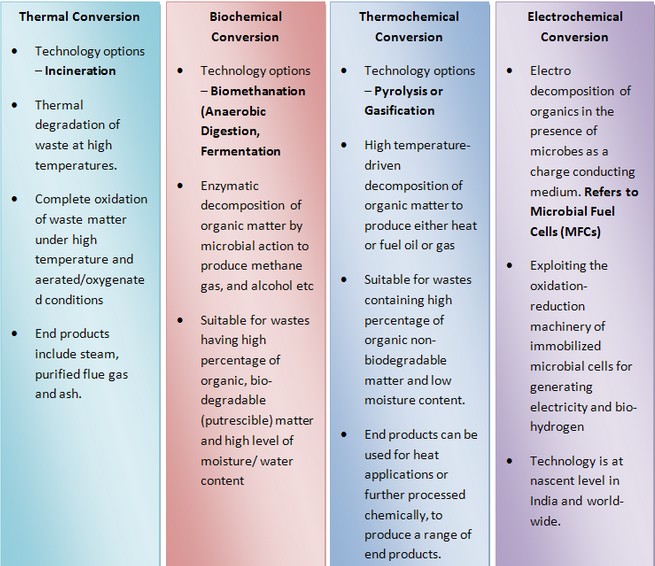As population continues to grow, and resources become increasingly scarce, the demand has increased for innovative recycling technologies that sustain our standard of living while preserving our environment for future generations. Although recycling of paper, plastics and metals is very well established, organics recycling infrastructure lags. With increasing pressures to divert organics found in our waste streams, there are increasing demands to process those materials in a sustainable and beneficial manner.
Aerobic composting typically uses leaf and yard waste as the primary feedstock, with up to 10% food waste mixed in. Due to the dense composition and odourous nature of food waste as it biodegrades, it is challenging to aerobically compost large quantities of food waste in densely-populated areas. Furthermore, although composting retains and recycles soil nutrients, it captures no energy. The energy in organics can be captured through anaerobic digestion (“AD”) – converting the sugars and starches from food waste into biogas, which can then be used to produce electricity. Although anaerobic digestion has historically been used to treat sewage sludge and manure (organic materials with low solids content), it has not previously been used in Canada to treat a mixed organics stream of yard and food waste.
Various urban waste are
- Municipal Solid Waste (MSW) – Municipal Solid Waste (MSW) is more commonly known as trash or garbage. MSW includes commercial and residential wastes generated in municipal or notified areas in either solid or semi-solid form excluding industrial hazardous wastes but including treated bio-medical wastes. It consists of household waste, wastes from hotels and restaurants, construction and demolition debris, sanitation residue, and waste from streets.
- Sewage and Sewage Sludge – Sewage is defined as untreated municipal liquid waste requiring treatment in a sewage treatment plant. Sewage contains about 99.9% of water, while the remaining content may be organic or inorganic. Sewage denotes both black water and grey water at the household level, where black water refers to waste water generated in toilets and grey water to the waste water generated in kitchen, bathroom and laundry.
- Sewage sludge is the semi-solid precipitate produced in wastewater treatment plants. Such sludge can also occur in untreated sewage disposed off into lakes and other water bodies. Sewage sludge generation in India is increasing at a faster rate as more and more sewage treatment plants (STP) are being developed. Sewage sludge and effluents from these STPs are frequently disposed off on agricultural lands for irrigation/manure purposes.
- Fecal Sludge – Sludge of variable consistency collected from so-called on-site sanitation systems, such as latrines, non-sewered public toilets, septic tanks and aqua privies is denoted as fecal sludge. The fecal sludge comprises varying concentrations of settleable or settled solids as well as of other, non-fecal matter. Fecal sludge from septic tanks which consists of settled solids, scum and liquid is termed as Septage.
Various technologies and processes for processing are


